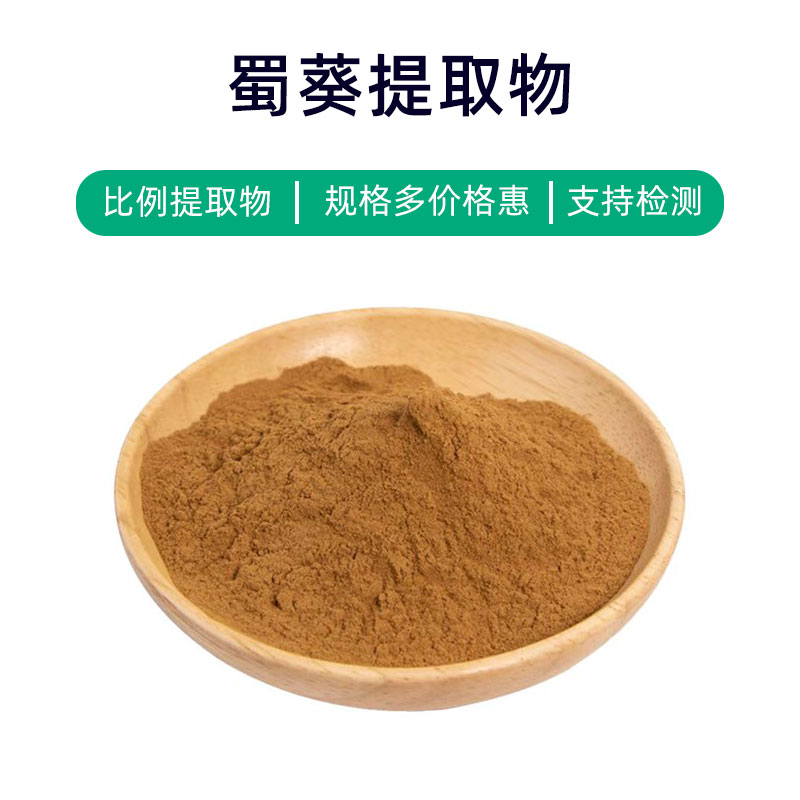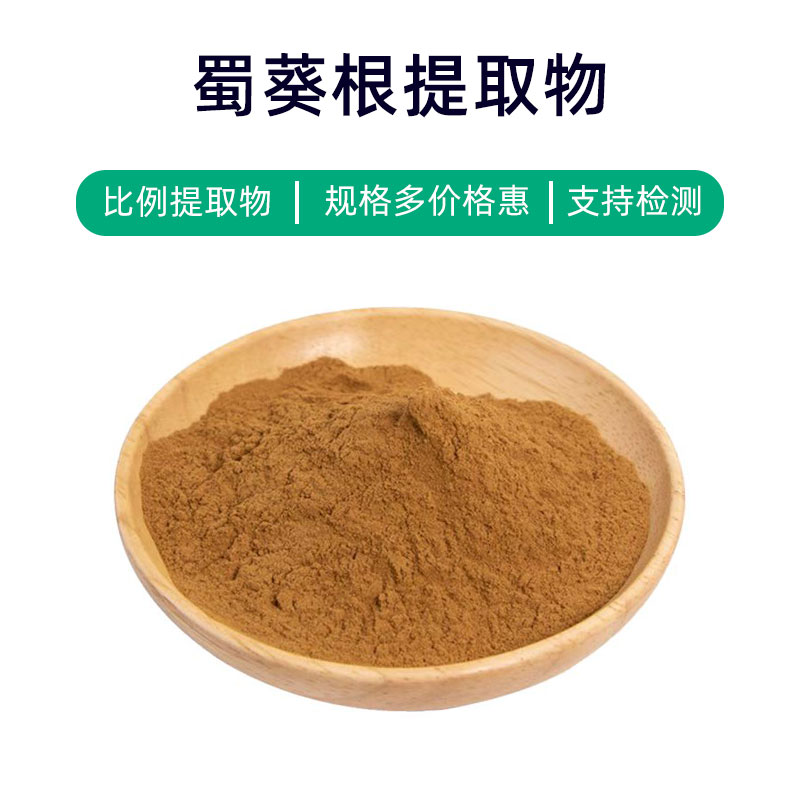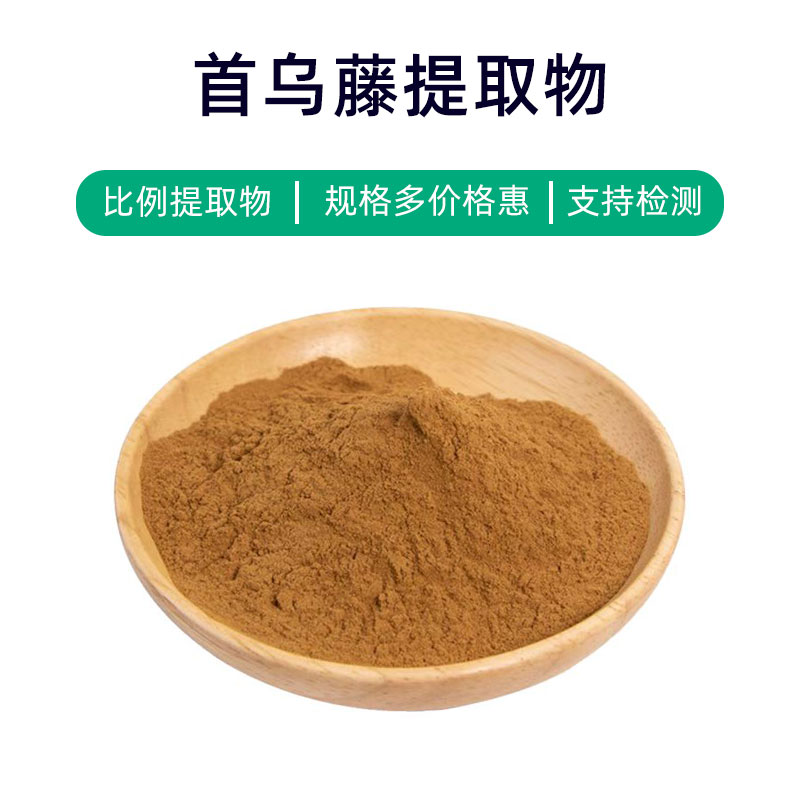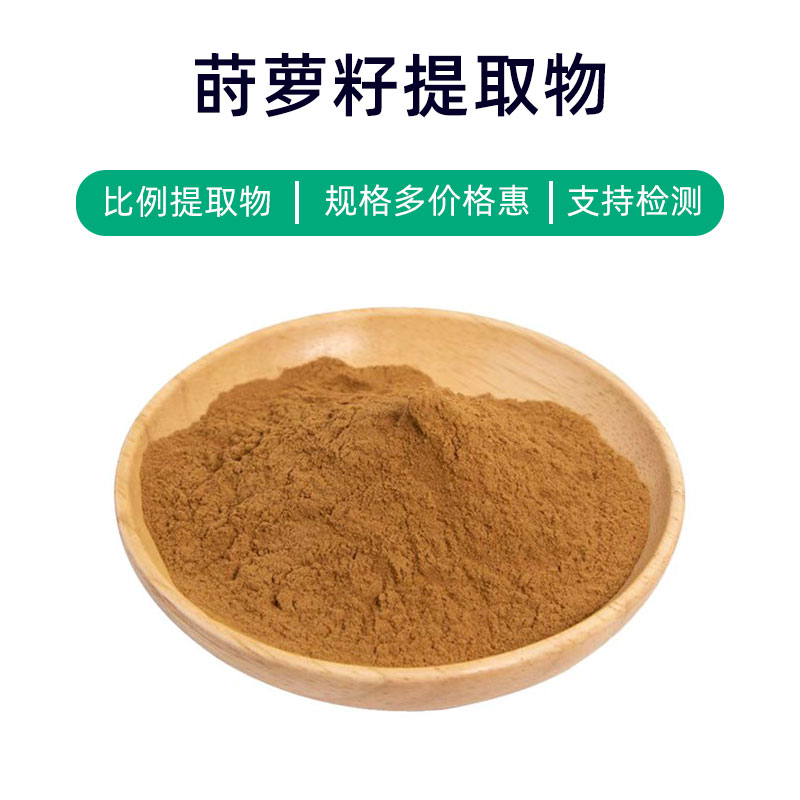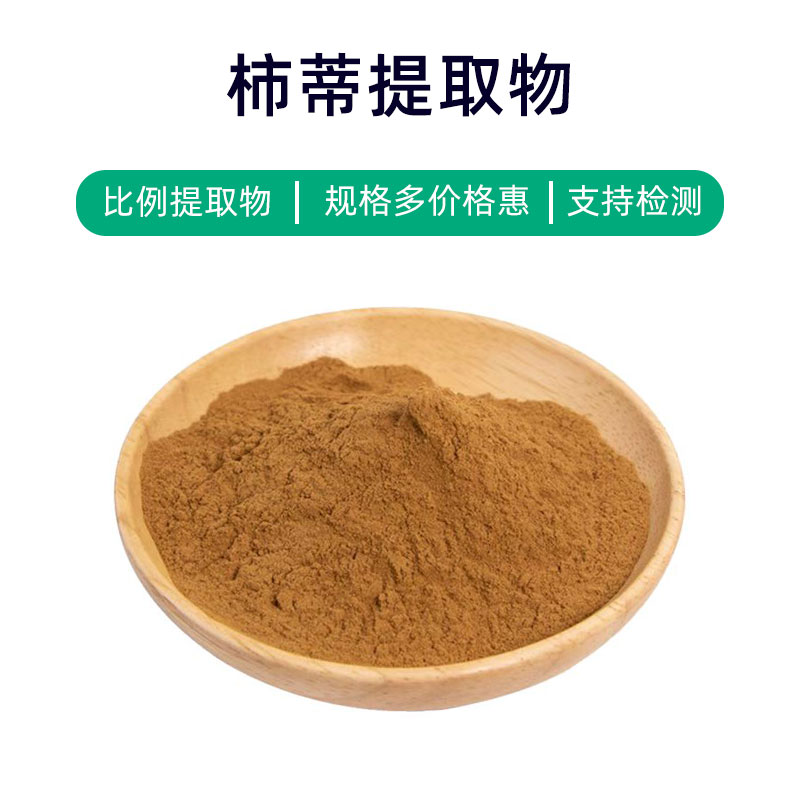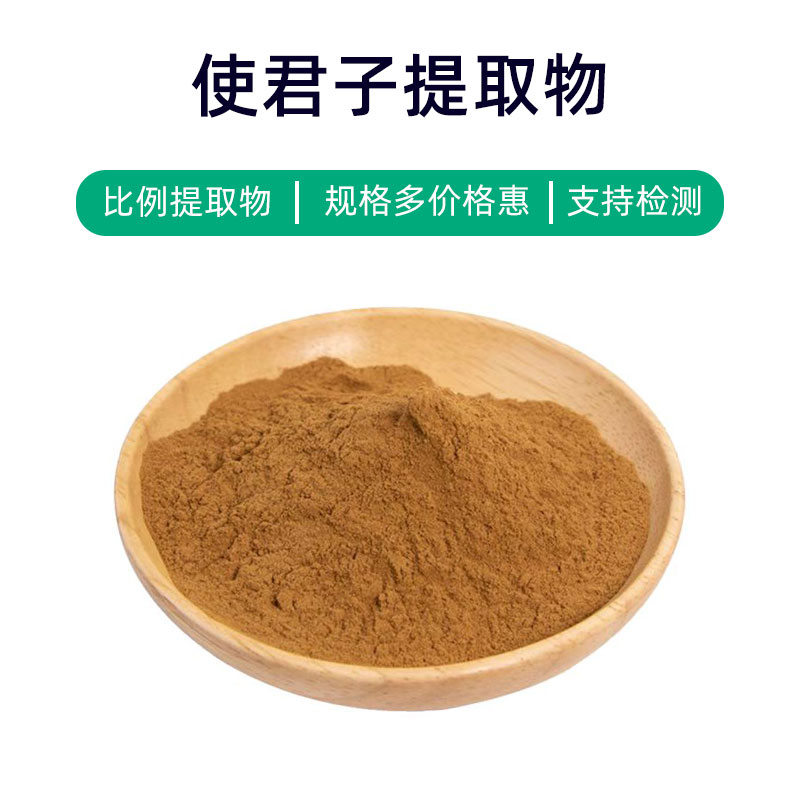Camellia Extract Product Introduction
Camellia extract is a natural plant extract derived from the dried leaves or flowers of the camellia (Camellia sinensis). Its main components include tea polyphenols, caffeine, amino acids, and vitamin C, offering a wealth of skincare and health benefits. Tea polyphenols, one of its key ingredients, have powerful antioxidant properties that effectively neutralize free radicals, slow down skin aging, and keep the skin youthful and healthy. Additionally, camellia extract is rich in amino acids and vitamin C, which nourish the skin, enhance elasticity, and make the skin smoother and finer.
In the skincare field, camellia extract is commonly used in various skincare products, such as creams, lotions, and masks. It helps maintain the skin's moisture balance, soothes discomfort, alleviates dryness and roughness, and improves skin tone for a brighter, more radiant complexion. Furthermore, camellia extract is widely used in health and food products as a natural nutritional supplement that enhances immune function, promotes metabolism, and supports overall health.
In summary, camellia extract is a natural, safe, and effective plant extract with various skincare and health benefits, suitable for wide applications in skincare, health supplements, and food.
Camellia Extract Production Process
The production process of camellia extract typically consists of the following steps:
- Harvesting: First, fresh camellia flowers or dried leaves are picked when they are mature. It's essential to choose healthy plants without pesticide residues to ensure the quality and safety of the raw materials.
- Cleaning and Treatment: The harvested flowers or leaves are washed to remove impurities and dirt, followed by initial processing, such as drying or preliminary dehydration, to maintain freshness and quality.
- Extraction: The cleaned flowers or leaves can be extracted using water extraction, ethanol extraction, or supercritical fluid extraction methods. Water extraction is one of the most commonly used methods, retaining various active components in the camellia extract.
- Concentration: The extracted solution undergoes concentration to remove excess moisture, resulting in concentrated camellia extract.
- Filtration and Purification: The concentrated extract is filtered and purified to remove suspended particles, impurities, and pigments, increasing the extract's purity and stability.
- Drying: The filtered and purified camellia extract is dried to reduce moisture content, enhancing stability and shelf life.
- Packaging: Finally, the dried camellia extract is packaged, typically in sealed or vacuum packaging, to prevent oxidation and contamination, preserving the product's freshness and quality.
These steps of the camellia extract production process require strict controls to ensure the quality and safety of the final product.
Benefits and Side Effects of Camellia Extract
Camellia extract is a well-known plant extract with multiple benefits and effects, primarily including:
- Antioxidant Effects: Rich in polyphenolic compounds such as catechins and flavonoids, camellia extract exhibits strong antioxidant properties that can neutralize free radicals, slow down cellular aging, and protect cells from oxidative damage.
- Anti-Inflammatory Effects: The active components in camellia extract have certain anti-inflammatory properties, inhibiting the occurrence and development of inflammation, which helps alleviate skin and intestinal inflammation.
- Skin Protection: Camellia extract protects and repairs the skin, enhancing the skin's barrier function, increasing its ability to resist irritation, and reducing external environmental damage while possessing some antibacterial and antiviral properties.
- Moisturizing Benefits: Rich in moisturizing factors and nutrients, camellia extract penetrates deep into the skin, increasing moisture content and improving skin hydration and softness, making it effective for dry and rough skin.
- Anti-Aging Effects: The active components in camellia extract inhibit the activity of collagenase and elastase, reducing the degradation of collagen and elastin, slowing the skin aging process, and maintaining skin firmness and elasticity.
- Blood Lipid Regulation: Some studies suggest that certain components in camellia extract may help lower blood lipids, regulating blood lipid metabolism and reducing cholesterol and triglyceride levels, offering some protective effects against cardiovascular diseases.
- Improving Cardiovascular Health: Active components like catechins in camellia extract protect the cardiovascular system by promoting vasodilation, lowering blood pressure, improving microcirculation, and preventing atherosclerosis and other cardiovascular diseases.
Camellia extract is generally safe; however, individual reactions may vary, and a very small number of people might experience allergic reactions or adverse effects. It is recommended to conduct a skin sensitivity test before use and to follow proper usage instructions. If discomfort or allergic symptoms occur, discontinue use and consult a healthcare provider or professional.
Applications and Dosage of Camellia Extract
Camellia extract is widely used in pharmaceuticals, food, and cosmetics. Here are its specific applications and recommended dosages:
- Pharmaceutical Field:
- Skincare: Camellia extract is commonly used in skincare products like creams, lotions, and masks for moisturizing, antioxidant, and anti-aging effects. Usage: Apply an appropriate amount evenly to clean skin and gently massage until absorbed.
- Topical Medications: It is also commonly added to topical medications for treating skin inflammation, eczema, and burns. Usage: Apply to the affected area as directed by a doctor or pharmacist, typically 2-3 times a day.
- Food Industry:
- Tea Beverages: Camellia extract is often used to flavor tea beverages, providing a refreshing taste and delicate color. Dosage: As per product formula, typically add an adequate amount of camellia extract per cup.
- Sweets Like Candy and Chocolate: Camellia extract can also be added to candy and chocolate to enhance flavor and nutritional value. Dosage: Adjust according to the product formula for flavoring.
- Cosmetic Industry:
- Skincare Products: Camellia extract is regularly used in various skincare products such as cleansers, toners, and masks for moisturizing, antioxidant, and brightening effects. Usage: Follow product instructions to apply or spray on the face and gently massage until absorbed.
- Cosmetic Formulations: It is also frequently added to cosmetics like foundation and powders to improve skin texture and add luminosity. Dosage: Adjust according to the product formula.
In conclusion, the application of camellia extract in different fields should be determined based on specific circumstances and product formulations. During usage, always refer to the product instructions for guidance, following the correct methods to achieve the best results. Individuals who are allergic or sensitive to camellia extract should avoid related products or use them only under medical supervision.
Overview of the Camellia Plant’s Source, Distribution, and Growth Environment
Camellia (scientific name: Camellia oleifera) is an evergreen tree belonging to the tea family. It is one of the main species within the Camellia genus. Below is an overview of the source plant, distribution, and growth environment of the camellia.
- Source Plant:
Camellia is a common cultivated plant widely found in southern China. It typically grows as a tall tree with gray-brown bark, a dense canopy, and oval or elongated leaves. Its flowers can be single or double petals, available in various colors such as white, pink, and red, with a flowering period generally from late autumn to early winter. - Distribution:
Native to China, camellia is predominantly distributed in the southern regions, south of the Yangtze River, including provinces like Jiangsu, Zhejiang, Anhui, Fujian, Jiangxi, Hunan, Hubei, Guangdong, Guangxi, Sichuan, and Guizhou. Due to its cold resistance, drought tolerance, and adaptability, it has gradually been introduced to other regions. - Growth Environment:
Camellia prefers a warm, humid climate and is adaptable, growing at altitudes ranging from 300 to 1800 meters, but it has specific temperature and humidity requirements. It thrives in bright, moist, and well-drained environments, with flexible soil demands, able to grow in acidic, alkaline, or neutral soils, though it prefers acidic soil. Camellia is highly adaptable to various soil types, including sandy, loamy, and limestone soils.
Overall, camellia is a commonly cultivated plant with strong adaptability, widespread distribution in southern China, and a broad range of growth environments. However, it does have specific requirements for light, humidity, and soil, thriving best in warm, humid, and well-lit conditions.
Processing and Storage of Camellia Extract
The processing of camellia extract typically involves the following steps: first, freshly picked camellia flowers are harvested; next, the flowers are cleaned and treated to remove impurities; following that, the treated flowers undergo extraction, with commonly used methods including water extraction, ethanol extraction, or supercritical fluid extraction; finally, the extracted camellia extract is filtered, concentrated, and dried to create the final product. When storing, the camellia extract should be kept in a cool, dry, and ventilated place, away from direct sunlight and high temperatures, to prevent moisture and spoilage. It is recommended to use sealed containers to avoid exposure to air, thereby extending its shelf life.
Monica Sun is a seasoned expert in the plant extraction industry with over a decade of experience in research and production. She specializes in the extraction and purification of plant active ingredients, focusing on driving innovation in natural product applications. Monica has participated in the development of multiple functional plant extracts, delivering high-value natural raw material solutions for the health food, pharmaceutical, and dietary supplement sectors.









